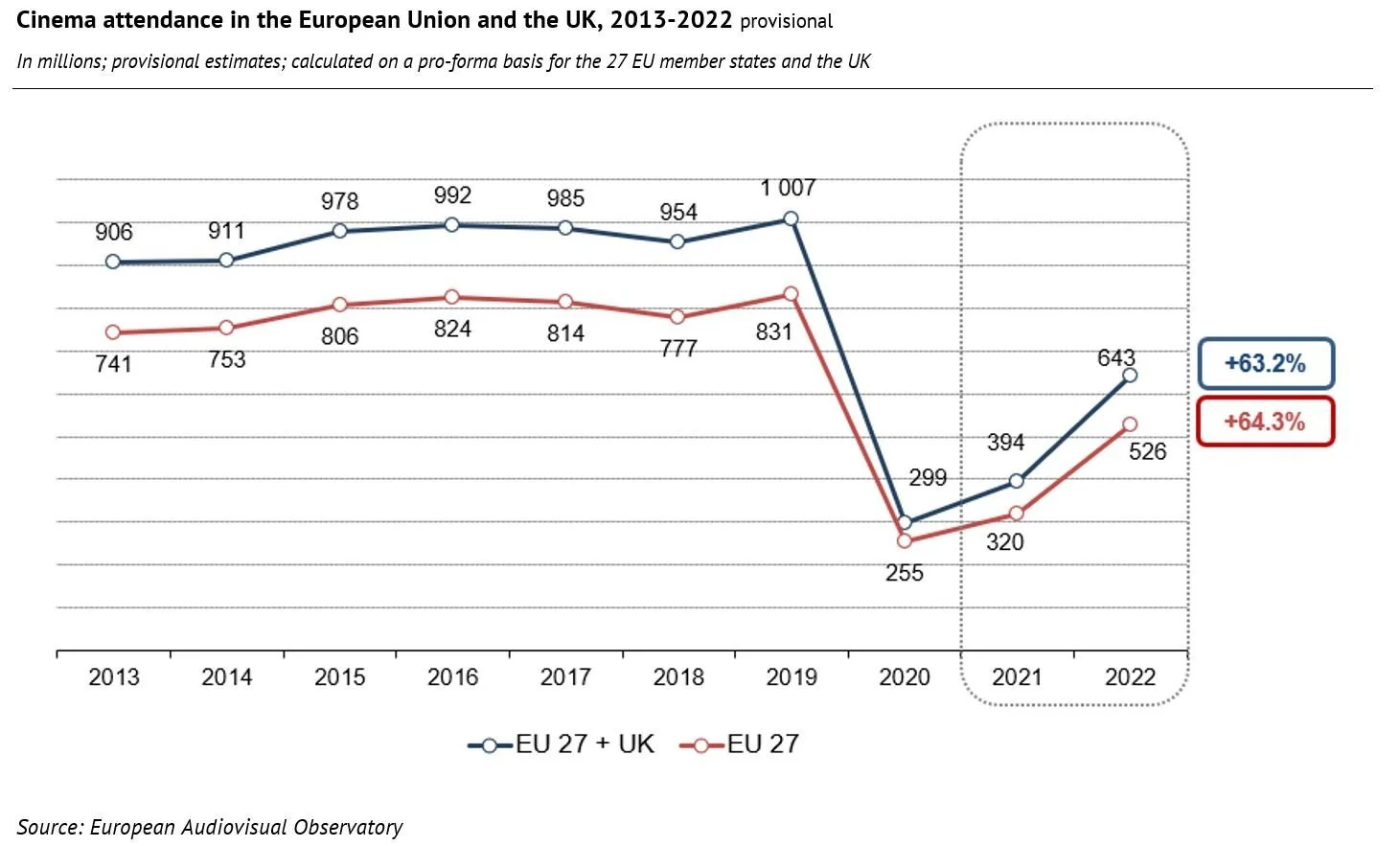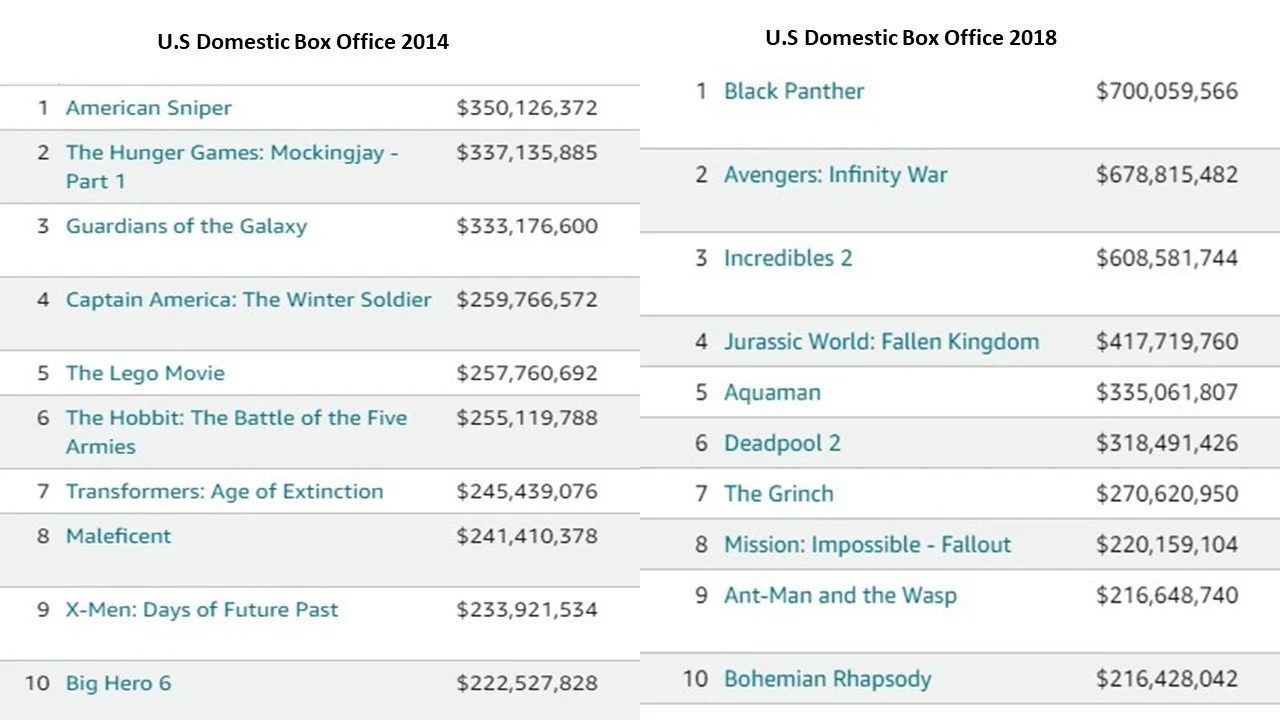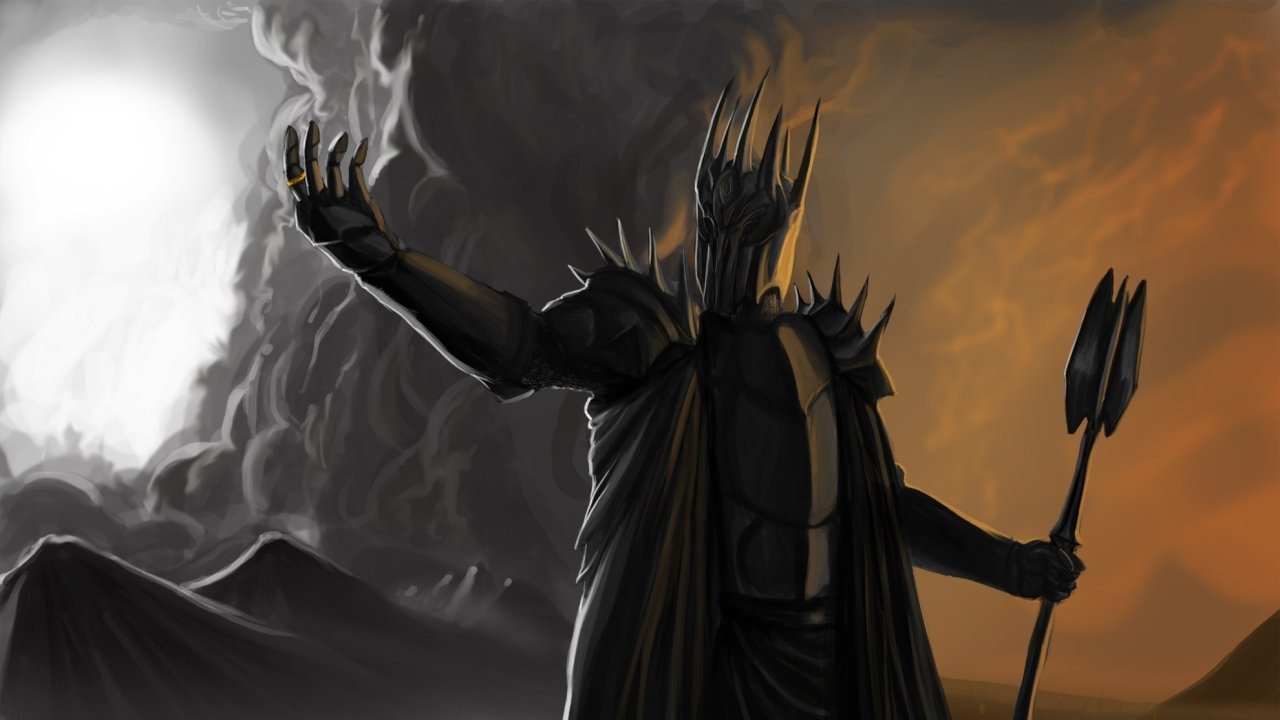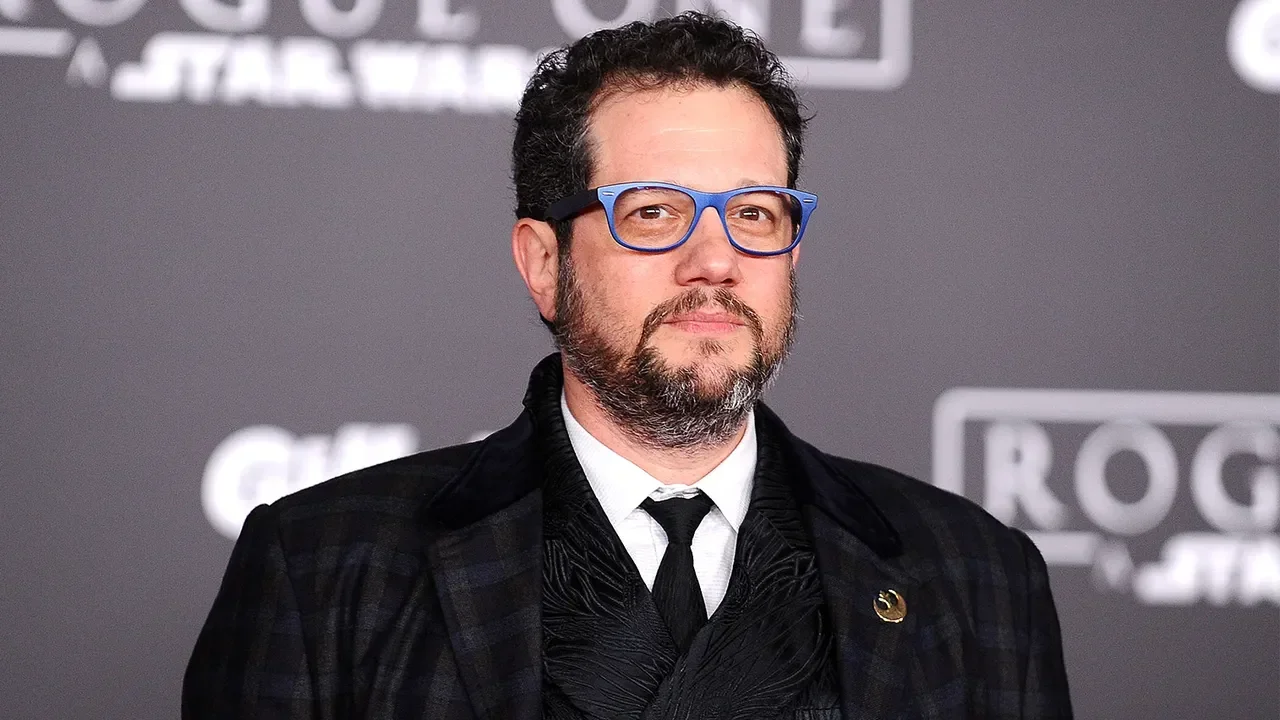Could The Future Of Hollywood Leave Behind The Studio Executives?
Image Source: 23ABC
Disney went all out for Indiana Jones and the Dial of Destiny, the big-budget movie cost $300 million and the excessive marketing campaign added an eyewatering $450 million to that figure. All that advertising did not translate to ticket sales, and the movie has only just covered its production costs ($3202 million)
It’s not the only example.
This summer Warner Bros. Discovery suffered heavy losses when it released The Flash. The film’s $150 million marketing budget seemingly had no effect on the box office which grossed less than 100 million. Reports are that it lost over $200 million. It would have been cheaper to scrap the film as a tax write-off.
So what are studio executives doing wrong?
RELATED:
Old Fashioned Marketing Techniques
Some studios haven’t changed their standard pack of marketing techniques in twenty years, expensive Superbowl ad, global press tours. Cannes. Job done. Indiana Jones and the Dial of Destiny followed the standard Disney template. Short Featurettes were made for Disney Plus, that were reminiscent of the behind-the-scenes content on a DVD. Profiles and interviews were given to major magazines like People and Total Film.
Barbie targeted a younger demographic successfully using influencers, filters, clothing (the Ken-enough hoodie), and an earworm song. ‘I’m Just Ken’ has hit the Billboard 100 through the sheer number of times it has been streamed. Barbie is reaping the benefits from its innovative campaign encouraging organic word of mouth.
Image Source: Comingsoon.net
Incidentally, Warner Bros. Discovery is responsible for both The Flash and Barbie. And it’s not like they didn’t try with Ezra Miller’s film. The Flash also had a TikTok filter, but with the antics of Ezra Miller making headlines before the film’s release, the speedster flick never stood a chance.
Fighting For The Same Viewers
Summer 2023 has been the season of the blockbuster, the calendar is been swamped. Between May and August the following movies have been or are due to be released:
Fast X (Universal Pictures)
Ruby Gillman, Teenage Kraken (Universal)
The Little Mermaid (Disney)
Spiderman: Into the Spider-Verse (Columbia/Sony)
The Flash (Warner Bros)
Indiana Jones and the Dial of Destiny (Disney)
Mission Impossible: Dead Reckoning – Part One (Paramount)
Oppenheimer (Universal)
Barbie (Warner Bros)
Elemental (Disney Pixar)
Haunted Mansion (Disney)
The Blue Beetle (Warner Bros)
Meg 2: The Trench (Warner Bros)
Teenage Mutant Ninja Turtles: Mutant Mayhem (Paramount Pictures)
Grand Turismo: The Movie (Columbia)
Barbie is the only film released over the summer targeted at adult women. It’s not difficult to see why it’s a runaway success. But this summer we have four superhero movies. Five if you count Indiana Jones, who has the angst of Batman, but none of the ability to sell toys.
Back at the height of cinema in the 2000s when the seats were full, studios would release two or more films aimed at the same slices of the market.The Nutty Professor II: The Klumps and Big Momma’s House came out the same year, and both succeeded, and they are essentially the same movie. But whether it’s down to covid or the cost of living crisis, there simply isn’t the bums on seats to sustain four films aimed at one demographic.
Image Source: European Audiovisual Observatory
But kids love superheroes, right?
Yes, but their parents control the wallet. A trip to the cinema starts at around $45 for a family of four; but can balloon upwards if you add in IMAX or drinks/popcorn. It’s easy for the trip to run closer to $100. At those prices, no matter how much their son or daughter loves Teenage Mutant Ninja Turtles, in this economy, the parent will probably wait for the film to drop on the streaming service.
This is bad for Disney’s Haunted Mansion. If families have already used their one theatre trip of the summer to go see Spiderman: Into the Spider-Verse then chances are they’ll give this one a swerve.
Hollywood is fighting to the death for the family market but they’ve mostly left the other demographics to the streaming services. All the cute quirky teen coming-of-age comedies and romance genre that dominated the 90s and 00s has all but disappeared from the big screen. During the 00s it was Coyote Ugly, American Pie, and the infamous Meg Ryan/Tom Hanks pairing racking the in the big bucks. Ironically these films were super cheap to make.
The streaming services have repackaged the coming-of-age formula for Gen Z, Stranger Things, and Never Have I Ever are Netflix’s biggest draws. Bridgerton has the romance genre in a vice-like grip. Hollywood seems to have forgotten that teens and women have disposable income too.
Many studio executives have currently one idea of what a summer blockbuster looks like. But before the Avengers hit the screens cinema had a greater variety. Titanic has been up in the top 5 grossing movies since 1997 and that has no capes or lasers. American Sniper, Forest Gump and It are all in the top 100-grossing movies of all time.
Blame Covid?
Many are blaming covid for making studio executives more risk-averse. They’re less likely to hand a wedge of cash to an unknown director or writer when they fund a franchise with an established fan base. Although strangely they have no qualms about spending obscene amounts on an outdated PR campaign or trying to be the market leader in an expensive genre of movies.
Image Source: CultureSlate
It’s easy to blame Covid for all Hollywood’s problems. It did cause streaming services to explode and changed viewing habits forever. Covid may have exacerbated the issue, it didn’t start there. There’s a marked change in the films that studios put their weight behind from 2015 onwards.
In 2014, American Sniper tops the box office, with The Hunger Games and Lord of the Rings featuring highly. By 2018, six out of the top ten films are superhero based. Hollywood had a few big hits and would never let the general public forget it.
What Does The Future Look Like?
Studios are hemorrhaging money. Warner Bros and Discovery have merged in a bid to keep afloat. It’s widely acknowledged that they can’t continue as they are. Revenue from cinematic releases is falling. The streaming service business model has no flexibility, so Studios have no short-term way of raising funds from there, other than increasing prices when a project fails. Unless they bring in advertisers. It will not be a popular decision, but there may not be any choice. Netflix has already dropped its cheapest ad-free option.
The Studio system is extremely incestuous. Executives tend to bounce from one studio to another taking the same set of bad ideas with them. It might be time to look for talent outside the normal channels, independent filmmakers, from different countries, or even different industries.
Studios will be forced to change or they will crash and burn. The publishing world has recently been rocked by a new company and its profit-sharing model for authors. Expect to see something as radical coming out of Hollywood in the next few years. With SAG-AFTRA running out of patience, it's only a matter of time before someone decides to take the industry into their own hands.
READ NEXT:
















